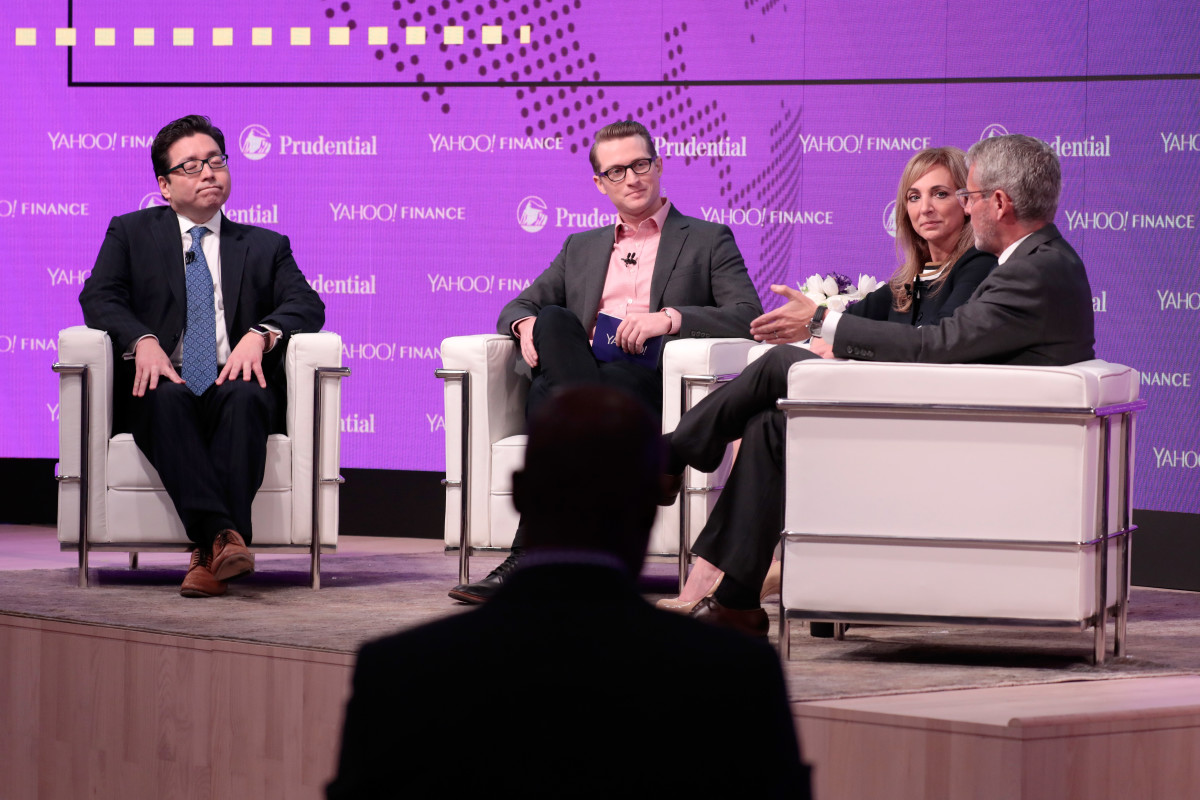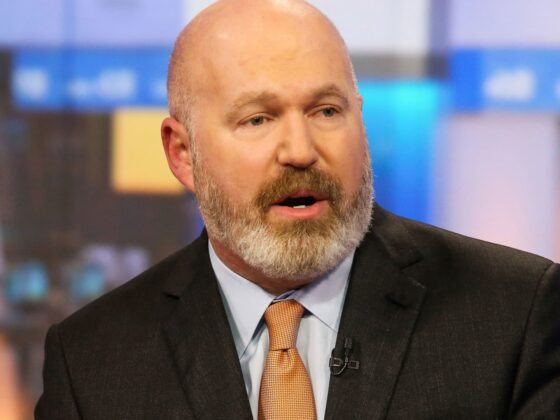Stocks fell significantly after President Trump announced widespread tariffs on April 2. The so-called “Liberation Day” announcement consisted of harsher-than-expected tariff rates, causing investors to reset outlooks for the U.S. economy and corporate earnings.
The stock market's near-bear market tumble didn't last long.
President Trump reversed course days later, announcing a 90-day pause on most of the Liberation Day tariffs to clear the way for trade negotiations. Sensing the worst may be behind us, investors went bargain hunting, buying the dip.
Related: Bank of America unveils surprising Fed interest rate forecast for 2026
The rally has since been extraordinary, particularly given the risk of a slowdown in the US economy remains.
Sticky inflation, job losses, and wounded confidence still mean that stagflation or an outright recession is possible. This would be bad for stocks, given that a healthy economy is key to sales and profit growth, which are key to stock market returns.
One analyst who wasn't surprised by them is Fundstrat's Tom Lee. Lee has been a Wall Street pro since the 1990s, and he correctly predicted after Liberation Day that stocks would likely find their footing and head higher.
Now that Lee has been proven correct, what does he think will happen next for the stock market? This week, he updated his outlook, offering a blunt prediction likely to catch people's attention.
The Fed risks falling behind the curve (and may have to play catchup)
The Federal Reserve's dual mandate is targeting low inflation and employment. Unfortunately, those goals are often at odds, causing the Fed to fall behind the curve when setting monetary policy.
For example, increasing interest rates slows economic activity and reduces inflation. However, as we've seen lately, they can also cause layoffs.
Related: Legendary fund manager issues stock market prediction as S&P 500 tests all-time highs
In 2021, Fed Chairman Jerome Powell mistakenly predicted inflation would be transitory. Instead, inflation took hold and accelerated to 8%, prompting the Fed to embrace the most hawkish interest rate hikes since then-Fed Chairman Paul Volcker battled inflation in the early 1980s. Altogether, the Fed increased its Fed Funds Rate by 5.25% to lower inflation.
The rate increases have worked, given that inflation has retreated below 3%. However, they've damaged the job market, and inflation progress has stalled.
The Bureau of Labor Statistics' latest report shows the unemployment rate has increased to 4.2% from a low of 3.4% in 2023. Meanwhile, the Consumer Price Index for May showed inflation at 2.4%, the same as last September.
And over 696,000 Americans have lost their jobs this year through May, according to Challenger, Gray, & Christmas, partly because of Department of Government Efficiency (DOGE) job cuts. The number of layoffs this year has grown a jaw-dropping 80% year over year.
It's anyone's guess what happens next to the economy. Yet stocks have looked beyond the fact that inflation progress has slowed and unemployment is rising.
Instead, investors seem to believe that markets will view any more bad news as good news, because higher unemployment or weaker economic growth will force the Fed to cut rates.
We've already seen evidence that may happen.
The Fed cut interest rates by 1% late last year to shore up the jobs market, citing its progress on inflation. While the Fed has since moved to the sidelines, waiting to see if tariffs cause inflation to increase this year, many economists expect that pause to prove temporary.
The CME's closely-watched FedWatch tool estimates a rate cut as soon as September, and major Wall Street firm Morgan Stanley forecasts seven rate cuts in 2026 as the Fed falls behind the curve in battling unemployment.
Tom Lee has a bold stock market forecast
Tom Lee's long-time Wall Street experience means he's navigated more than his share of good and bad markets, including the Internet boom and bust, the Great Recession, Covid, and the 2002 bear market.
That experience helped him accurately predict the bull market in 2023 and the stock market's recent bottom in April.
More Experts:
- Legendary fund manager sends blunt 9-word message on stock market tumble
- Major analyst unveils surprising gold price forecast for 2026
- Jim Cramer sends strong message on Nvidia stock at all-time highs
Lee and his team think the tank has more potential gas to fuel higher stock prices.
In a note to investors this week, Lee's head of technical analysis, Mark Newton, said, “As always, trying to time stocks with economic data is ill-advised, and the push to new highs by SPX has momentum and signs of broad-based participation that makes it tough to immediately fade.”
Many, including Newton, initially thought stocks would have a tough time once the S&P 500 reached its February highs. However, Newton has become more encouraged given that the rally has broadened to include stocks in other important sectors besides technology, including financials.
“Historically, we have seen technology outperform, but now we’re actually seeing financials break out, which, of course, is the second largest sector within the S&P at 14%. Over the last week, when you look at what’s outperformed, it’s been financials up over 3% – a very, very good sign to me,” said Newton.
Lee pointed out that while retail investors have embraced the ‘buy the dip' mentality so far, institutional investors have remained more cautious, keeping more dry powder on the sidelines than they might have otherwise.
The possibility that professional money managers accelerate buying to avoid falling too far behind the benchmark S&P 500 index may suggest that the path of least resistance for stocks over time will remain higher.
“We are at the start of a new bull market,” said Lee bluntly.
Related: Rare event could derail S&P 500 record-setting rally













